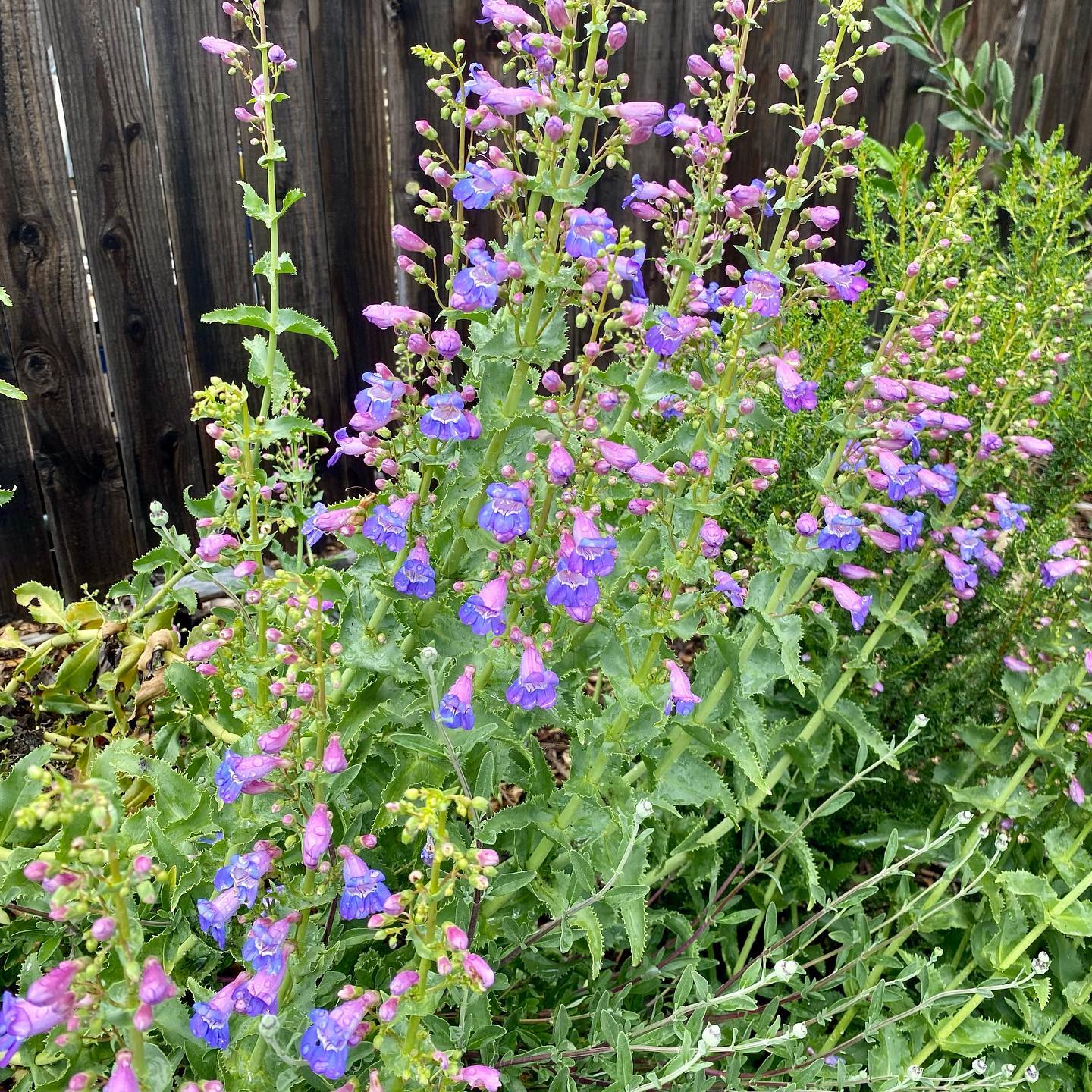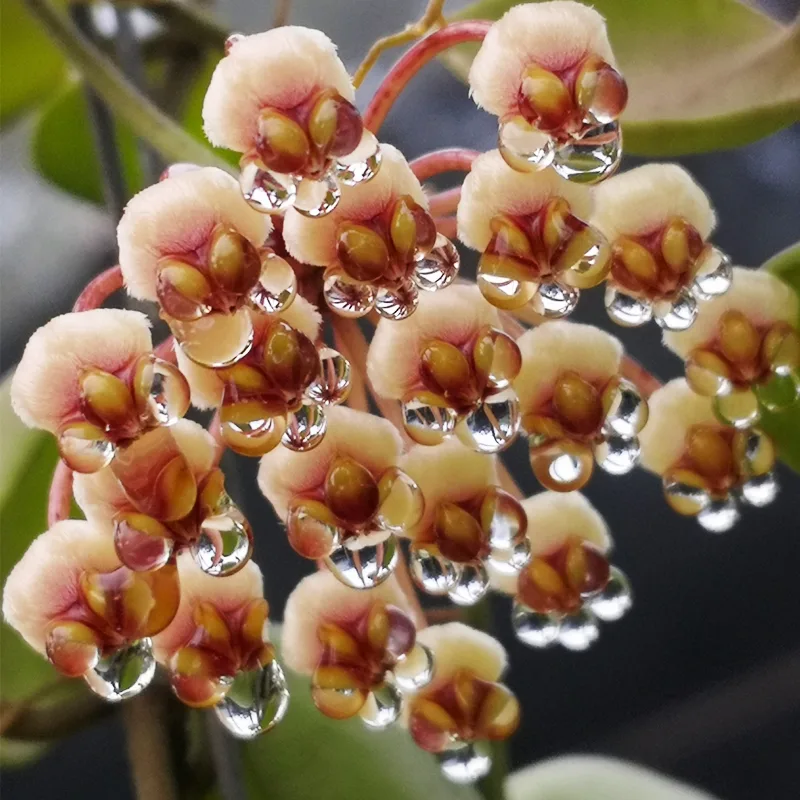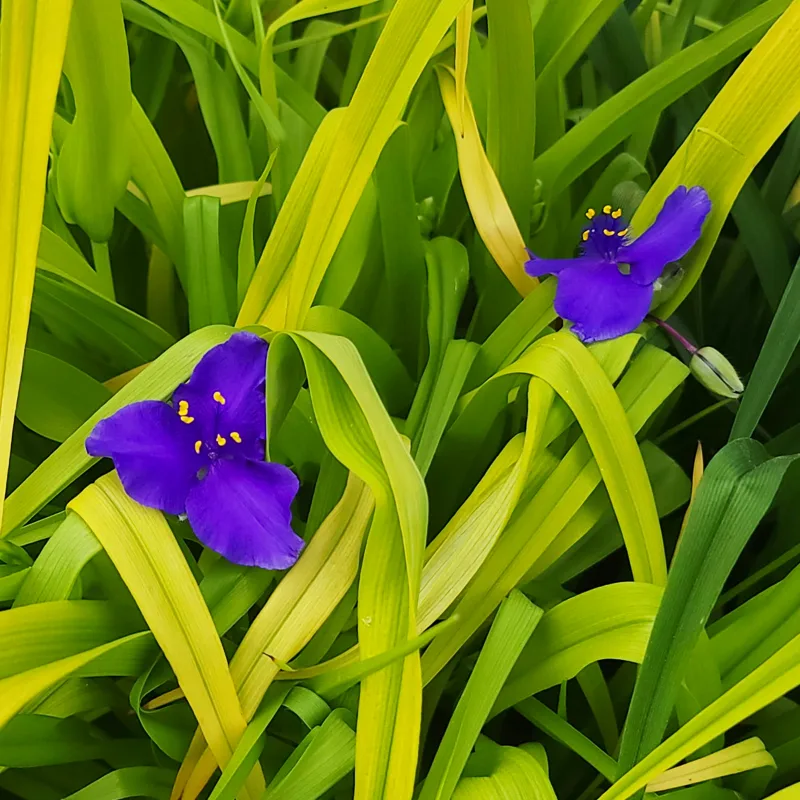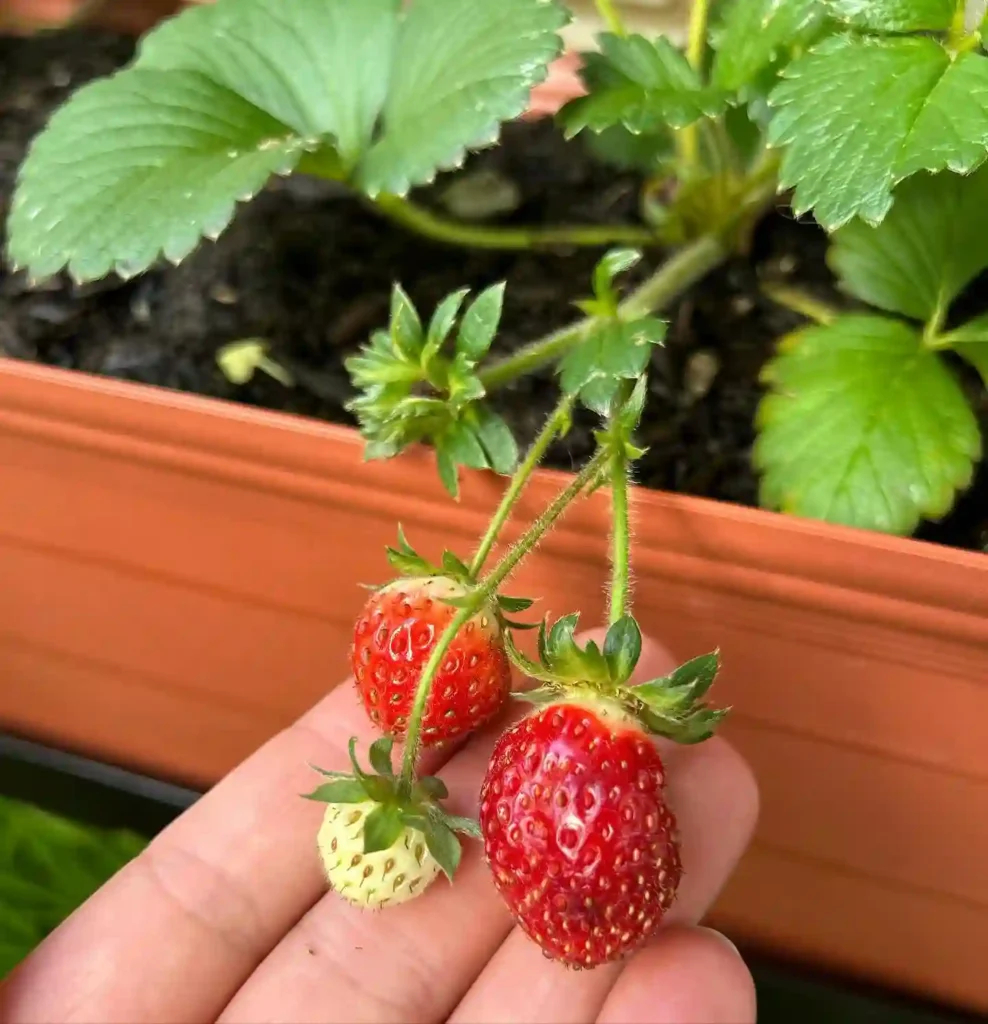FAQs of Brunfelsia Latifolia
Brunfelsia Latifolia, also known as Yesterday-Today-and-Tomorrow, is one of my favorite shrubs. Its ability to shift colors from purple to lavender, and finally white within a day, makes it a conversation starter in any garden. Over time, I’ve gathered a lot of information and experience caring for this beautiful plant, so I wanted to share the most frequently asked questions (FAQs) that I often hear about Brunfelsia Latifolia.
49 Species in Genus Brunfelsia
What is Brunfelsia Latifolia?
Brunfelsia Latifolia is a flowering shrub native to South America, particularly Brazil. It belongs to the Solanaceae family and is commonly known for its distinctive blooms that change color over a few days. The flowers start out deep purple, turn lavender on the second day, and fade to white by the third, hence its nickname, Yesterday-Today-and-Tomorrow.
In my garden, the plant grows as a dense, evergreen shrub reaching about 3 to 8 feet in height. It thrives best in warmer climates, making it a perfect fit for zones 9 to 11. The beauty of Brunfelsia Latifolia is not only in its blooms but also its lush green foliage that provides a stunning backdrop year-round.
How to Care for Brunfelsia Latifolia?
Caring for Brunfelsia Latifolia requires some attention, but the rewards are worth it. Here’s how I care for mine:
- Watering: This plant prefers moist soil, but it doesn’t tolerate waterlogged conditions. I water my Brunfelsia Latifolia regularly, ensuring the soil stays consistently damp but never soggy. During the hot summer months, I increase watering frequency.
- Sunlight: Brunfelsia Latifolia thrives in partial shade to full sun. I’ve noticed that mine performs best in an area that gets morning sun and afternoon shade. Too much direct sunlight can scorch the leaves, while too little light can reduce blooming.
- Soil: The shrub prefers well-draining, slightly acidic soil. I amend the soil with organic matter like compost, which keeps the pH around 5.5 to 6.5, ideal for this plant.
- Pruning: I prune my Brunfelsia after the main flowering season to shape it and remove any dead or weak branches. This encourages new growth and helps the plant look tidy.
- Fertilizing: I use a balanced, slow-release fertilizer in early spring and again in late summer to promote healthy growth and blooming. A fertilizer formulated for acid-loving plants works well here.
How to Propagate Brunfelsia Latifolia?
I’ve found that the best way to propagate Brunfelsia Latifolia is through stem cuttings. Here’s my step-by-step process:
- Choose a healthy branch: I select a non-flowering, green stem from my plant in late spring or early summer.
- Cut the stem: Using sterilized pruning shears, I cut about a 6-inch section just below a node.
- Remove lower leaves: I strip the leaves from the bottom half of the cutting, leaving a few at the top.
- Dip in rooting hormone: For faster root development, I dip the cut end in rooting hormone before planting.
- Plant in soil: I place the cutting in a pot filled with a mix of peat and perlite, ensuring good drainage.
- Cover and wait: I cover the pot with a plastic bag to maintain humidity and place it in a warm, bright spot. After about six to eight weeks, roots start to form.
Is Brunfelsia Latifolia Toxic?
Yes, Brunfelsia Latifolia is toxic. Every part of the plant, including its flowers, leaves, and berries, contains toxic alkaloids. If ingested, it can cause symptoms like vomiting, diarrhea, and in severe cases, tremors or seizures in pets or children. I keep this in mind by planting my shrub in areas where pets and children are less likely to reach.
What Are the Benefits of Brunfelsia Latifolia?
Beyond its stunning aesthetic, Brunfelsia Latifolia has several benefits. The plant is known for attracting pollinators such as bees and butterflies, which adds life to the garden. Its dense foliage also provides excellent cover for smaller wildlife like birds. Additionally, the fragrant flowers are a delight in the evenings when their scent becomes most noticeable.
What to Plant With Brunfelsia Latifolia?
Brunfelsia pairs beautifully with a variety of other plants. I’ve found that it looks best when combined with other shrubs like Gardenia or Hibiscus, which share similar growing conditions. Plants like Azaleas or Camellias, which also prefer acidic soil, make great companions too.
For a more tropical look, I plant it alongside ferns or Elephant Ear plants, which complement its dense green foliage. These combinations help create a lush, layered effect in the garden.
Common Problems with Brunfelsia Latifolia
Brunfelsia Latifolia is generally hardy, but there are a few problems I’ve encountered over the years:
- Yellowing Leaves: This can be a sign of either overwatering or a nutrient deficiency. I’ve remedied this by adjusting the watering schedule or applying a balanced fertilizer.
- Pests: Like many plants, Brunfelsia can be susceptible to pests like aphids and spider mites. Regularly checking the underside of leaves and treating with insecticidal soap or neem oil has worked well for me.
- Root Rot: Poor drainage can cause root rot. I avoid this by planting Brunfelsia in well-draining soil and ensuring the area never stays waterlogged.
How Does Brunfelsia Latifolia Compare with Similar Plants?
Brunfelsia Latifolia is often confused with Brunfelsia Pauciflora, another species within the same genus. While they look similar, Brunfelsia Pauciflora tends to be more compact and has a slightly longer blooming period. In my garden, I’ve noticed that Brunfelsia Latifolia offers more vibrant color changes in the flowers and has a more substantial presence.
Another plant it’s sometimes compared to is the Gardenia. Both shrubs have fragrant flowers and similar care requirements, but I find Brunfelsia Latifolia to be less demanding in terms of soil acidity and slightly more drought-tolerant.
Conclusion
Brunfelsia Latifolia is a showstopper in any garden with its changing flowers and dense foliage. With proper care, you can enjoy its vibrant blooms for most of the year. Whether you’re looking to add color, attract pollinators, or simply enjoy a fragrant plant, Brunfelsia Latifolia is a great choice. Just remember to keep it out of reach of curious pets and children due to its toxic nature!
If i die, water my plants!



